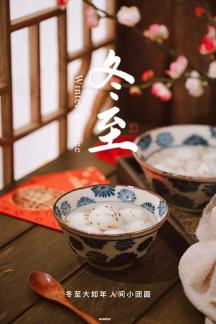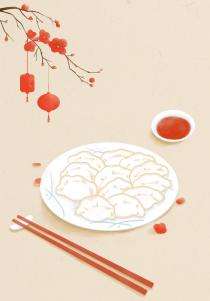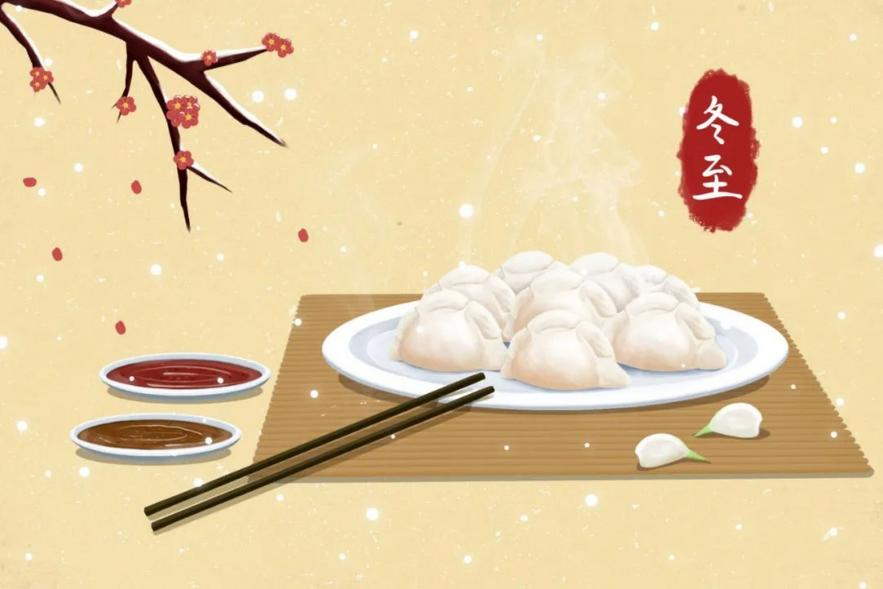The winter solstice, known as "Dongzhi" in Chinese, is one of the 24 solar terms in the traditional Chinese calendar. It typically occurs around December 21st or 22nd each year, marking the shortest day and the longest night. This astronomical event signifies the turning point of the year, as the days begin to lengthen and the sun's strength gradually returns. In ancient China, the winter solstice was not only a time to observe the celestial changes but also a moment to reflect on the cyclical nature of life and the importance of harmony with nature.


The significance of the winter solstice extends beyond its astronomical implications; it is deeply rooted in Chinese culture and tradition. Historically, the winter solstice was a time for family reunions and celebrations. It was believed that the arrival of Dongzhi heralded the return of longer days, symbolizing the rebirth of the sun. This period was often associated with the concept of yin and yang, where yin represents darkness and cold, while yang embodies light and warmth. The winter solstice, therefore, serves as a reminder of the balance between these two forces, encouraging people to embrace the light that follows the darkness.
During the winter solstice, various customs and dietary practices emerge across China, reflecting the region's rich cultural heritage. One of the most notable traditions is the preparation and consumption of tangyuan, glutinous rice balls filled with sweet or savory fillings. These round dumplings symbolize family unity and completeness, making them a popular dish during the winter solstice celebrations. In northern China, people often enjoy dumplings, which are believed to ward off cold and bring good fortune for the coming year. The act of gathering around the table to share these dishes fosters a sense of togetherness and warmth, reinforcing familial bonds during the cold winter months.

In addition to food, the winter solstice is also a time for various rituals and activities. Many families will visit ancestral graves to pay respects and seek blessings for the future. In some regions, people will light lanterns and set off fireworks to celebrate the return of light. These customs not only serve to commemorate the past but also to instill hope and positivity for the year ahead. The winter solstice thus becomes a multifaceted celebration, intertwining food, family, and cultural heritage.
The origins of the winter solstice can be traced back to ancient agricultural societies, where the changing seasons dictated the rhythm of life. The Chinese lunar calendar, which is closely tied to the solar calendar, reflects the importance of these seasonal changes. The winter solstice was a time for farmers to assess their harvests and prepare for the upcoming planting season. Over time, these practices evolved into the rich tapestry of customs and traditions that characterize the winter solstice today.
In conclusion, the winter solstice is the shortest day of the year, it serves as a reminder of the cyclical nature of life and the importance of balance between light and darkness. The customs and dietary practices associated with Dongzhi not only celebrate the return of longer days but also foster a sense of unity and warmth among families and communities. As we embrace the winter solstice, we are reminded of the enduring significance of this ancient tradition, which It continues to resonate with the Chinese people from generation to generation.
Contact
Beijing Shipuller Co., Ltd.
WhatsApp: +8613683692063
Web: https://www.yumartfood.com
Post time: Dec-31-2024